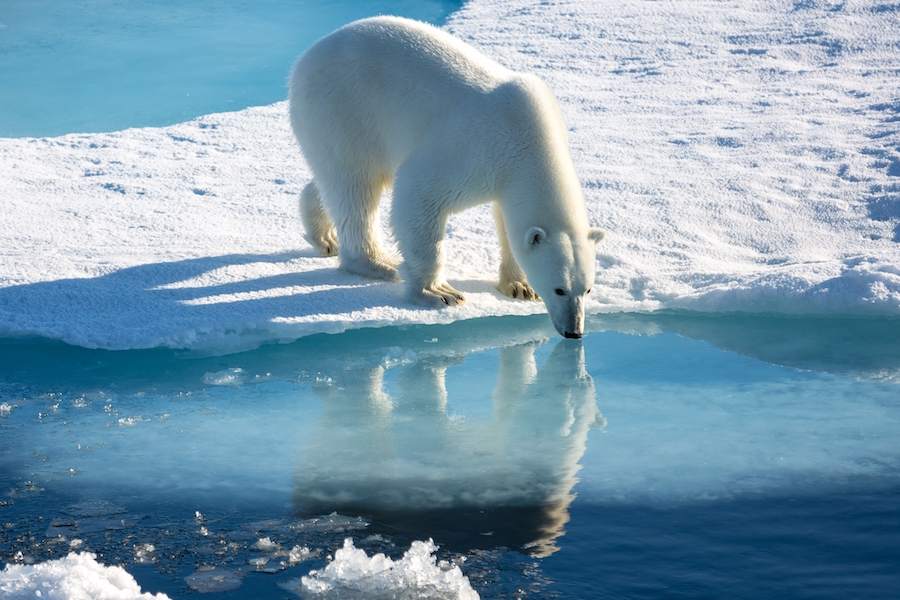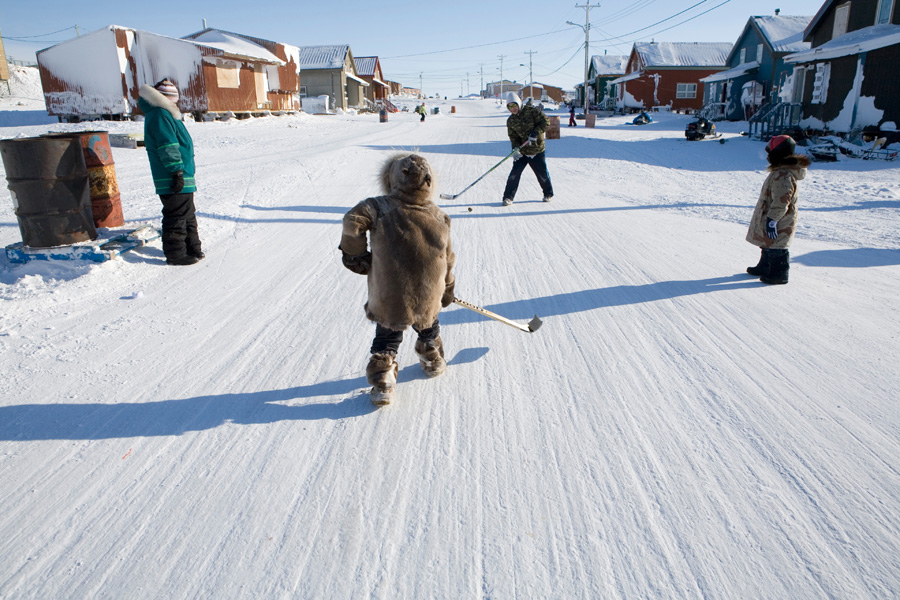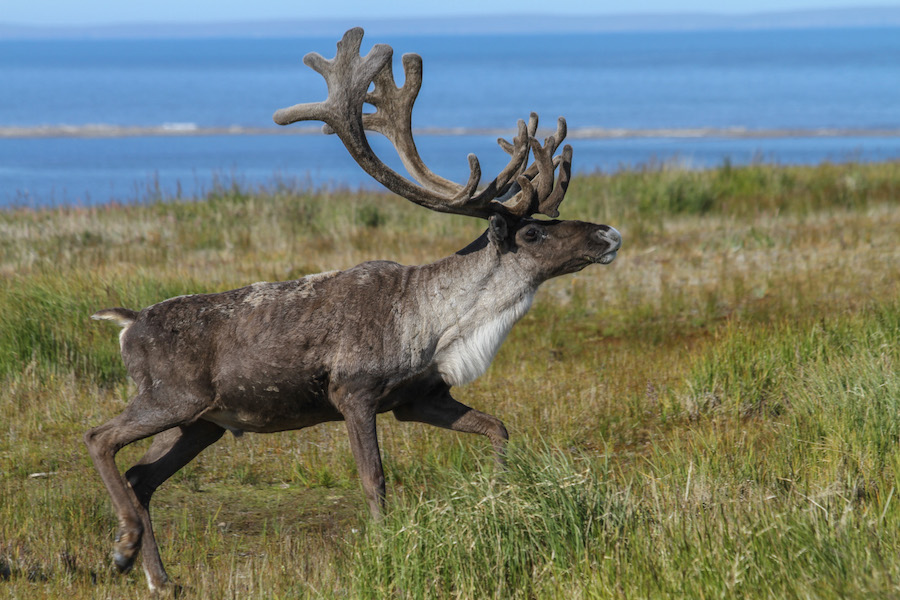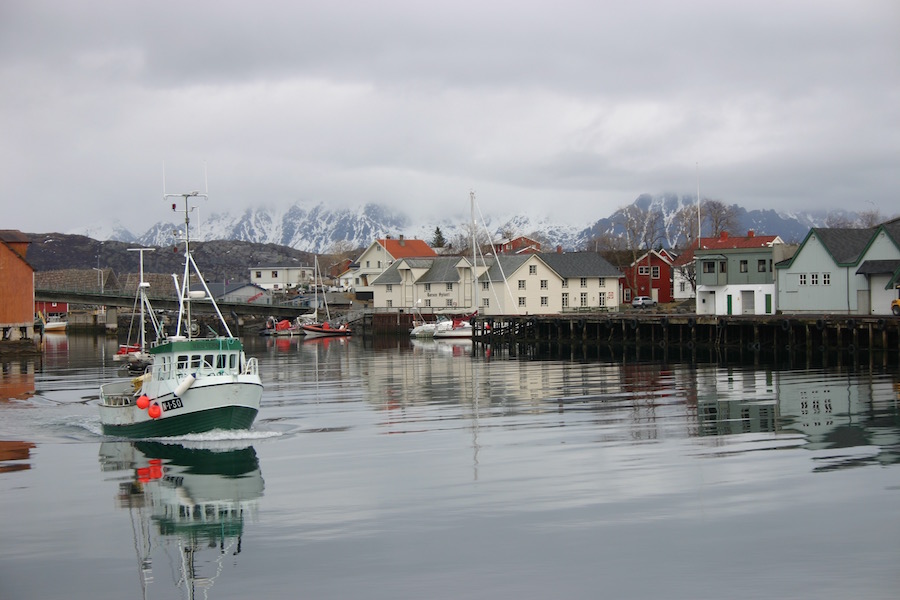Who lives in the Arctic?
4 million people are believed to be living in the Arctic today, but only very few live in the most icy regions. Cities on the greener and warmer mainland are more attractive for everyday life, offering everything from schools and doctors to more diverse jobs.

About 12.5 percent of the Arctic population of four million is indigenous peoples: Aleuts, Athabascans, Gwich’in, Inuit, Sami, and the many indigenous peoples of the Russian Arctic. They inhabit three different continents, usually in coastal regions, and are separated by geographical barriers.
Climate change poses a threat to the natural surroundings of many indigenous peoples: higher temperatures are melting ice-covered surfaces and thawing the permafrost. It is threatening the livelihood of man, flora and fauna. Melting ice cover, for example, is hampering traditional seal hunting and robbing many natives of a precious source of income. At the same time, the growing expanses of water are becoming fishing grounds which provide a source of food and income.
Life in the Arctic ice
Many indigenous peoples still live in remote areas albeit in permanent, modern housing. Yet a number of traditions have persisted, for example reindeer herding, which is still an important factor for the autonomy of the Sami people. In the past they followed the migrating herds on foot – nowadays they own modern snowmobiles. This fact has made their original nomadic lifestyle virtually obsolete since it is now possible to cover greater distances more quickly and transport heavier loads, too.

In addition to humans, there are also many animals in the Arctic: some 75 species of mammals can be found there, 16 of which live on or under the ice. The animals native to the Arctic region include seals, walruses, the Arctic fox, white hares, reindeer and musk oxen. The most well-known resident of the Arctic is probably the polar bear which – together with the Kodiak bear – is the largest land-based predator on Earth.
The polar bear is one of the mammals most threatened by climate change. The melting ice is also shrinking its hunting grounds. Winter and springtime is when the polar bear is usually busy building fat reserves for the summer months. He does so mostly by hunting seals while perched on ice floes. However, the disappearance of these floes is making hunting more difficult – for bear cubs in particular. If the bears become stranded on the mainland as a result of ice retreat they must either go hungry for several months or feed on other animals and grasses. On land, seals can see the polar bears more quickly and then escape to safety in time.
Animal habitats are diminishing

While many living organisms could not survive temperatures of up to 50 degrees below 0, the animals in the Arctic depend on this condition for their survival. Climate change is not only altering the habitat of polar bears, seals, etc, it has made it harder – for bears in particular – to depend on hunting as their main source of food. Animals which normally populate more southerly regions are now migrating to the Arctic and competing with traditional species for habitat.
Challenges and new perspectives
While animals are faced with smaller hunting grounds and greater competition for food, humans also face great challenges with regard to food supply and their own transportation. Settlements are literally on the brink as passageways are disappearing: melting sea ice cover and rising sea levels cause erosion along the coast, which is also accelerated by the thawing of the permafrost. Not only are settlements and housing affected but the very infrastructure is losing its stability.
However, there are some new perspectives which have opened up for the people in the Arctic: the changes in ocean currents are bringing new shoals of fish from the South, offering new sources of food and income.
Can tourism help the Arctic?

Tourism to the Arctic is also on the rise – not necessarily always to the delight of the indigenous populations. The Arctic ecosystem is vulnerable and may be disrupted by large groups of tourists. Yet tourism also offers new sources of income and jobs for the people of the Arctic. This is particularly important in light of the fact that traditional means of livelihood such as seal hunting are already hampered by climate change and may soon be halted entirely. Ensuring the protection of the Arctic as living environment and travel destination in the next years and decades requires the cooperation of everyone: (indigenous) people must stand up for and make their interests known clearly, and tour operators must show respect for nature and wildlife. This way the Arctic can continue to capture our imagination in the future.